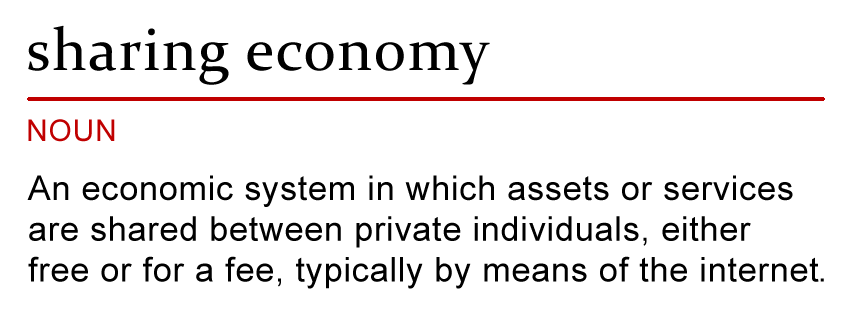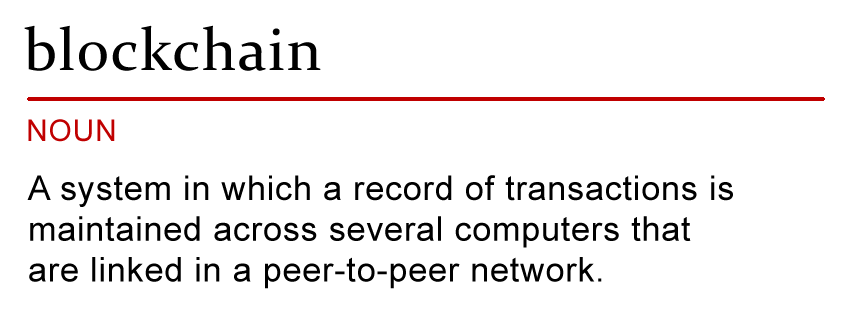Don’t Let the “HOW” Stand in the Way of the “WHAT” in Strategic Planning
3 minute read – We find that one of the pitfalls of the strategic planning process is that too much focus is placed on the “how” (implementation) before the “what” (strategy) has been decided. Often, decision-makers will gravitate toward the “how” because it feels more tangible but also because it seems to help determine the likelihood of success. This focus can limit a credit union’s strategy to what can we do today versus what should we do – even if we don’t know how to do it right now. The importance of not letting the “how” stand in the way of the “what” can’t be understated in light of the threats to credit unions’ relevancy and sustainability.
Take Apple’s iPhone and Quicken Loans’ Rocket Mortgage as examples. They both started with the “what.”
For Apple, the goal was to:
…develop a phone with an integrated music player, operated by a touch screen.” They’ve clearly accomplished that and more. However, consider the fact that nothing like this existed at the time. Most phones still had physical keypads and didn’t play music. The “how” was so extensive that “it involved rethinking every part of the phone from how to check voice mail to how to display a calendar.” (Apple Engineer Recalls the iPhone’s Birth, Wall Street Journal)
Rocket Mortgage likewise started with the “what” and then moved onto the “how:”
The goal was to allow a person to get a mortgage or refinance their home while standing in line for a cup of coffee.” Like the iPhone, it took Quicken years to figure out how to allow a person to apply and receive conditional approval in less than 10 minutes. Some of the “how” questions they had to answer were, “How do you pull income information…How do you pull asset information from sources that already exist? How do you pull property information? How do you give someone complete transparency into the interest rate and fees and how a person can adjust the interest rate and see what it does to the fees.” (This Could Be the Mortgage Industry’s iPhone Moment, Tech Crunch)
Apple and Quicken Loans faced a daunting amount of “how” questions but that didn’t deter them from landing on the “what” they felt was best for their company.
For credit unions, the message is clear – start with the “what.” Answer questions like:
- What is happening in the environment around us?
- What are potential threats, opportunities, etc. that could occur in the future that we want to test drive today?
- What should our business model be (target market, value proposition, core purpose)?
- What are our long-term decision filters and strategies for moving the organization forward?
- What are our measures of success?
Once these questions have been answered and the “what” has been decided then shift to questions of “how,” such as:
- How will we implement our strategy?
- How will we improve our processes and manage our projects in order to implement our strategic planning initiatives?
- How will our mindsets and talent need to evolve?
With the myriad of threats to relevancy and sustainability, it is critical for decision-makers to not let the “how” hinder the “what” that is best for the credit union’s future.
This post was originally published in May 2016, and has been republished due to its current relevancy.






